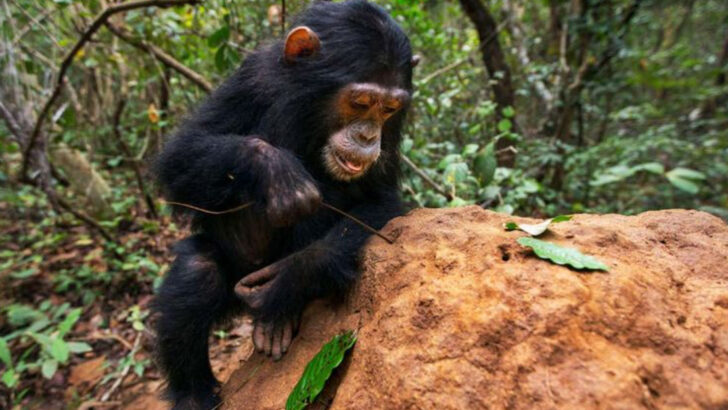Get ready to have your mind blown—animals might be smarter than we give them credit for.
Forget the outdated view that only humans can think critically or feel deeply. It turns out, animals have a level of consciousness that rivals our own in ways we never imagined.
From elephants mourning their dead to octopuses solving puzzles, the animal kingdom is filled with mind-boggling examples of intelligence, emotion, and awareness that challenge everything we thought we knew.
Buckle up, because the more we learn about animal consciousness, the more we realize how complex and mysterious our furry, feathered, and finned friends really are.
Crows’ Problem-Solving Abilities
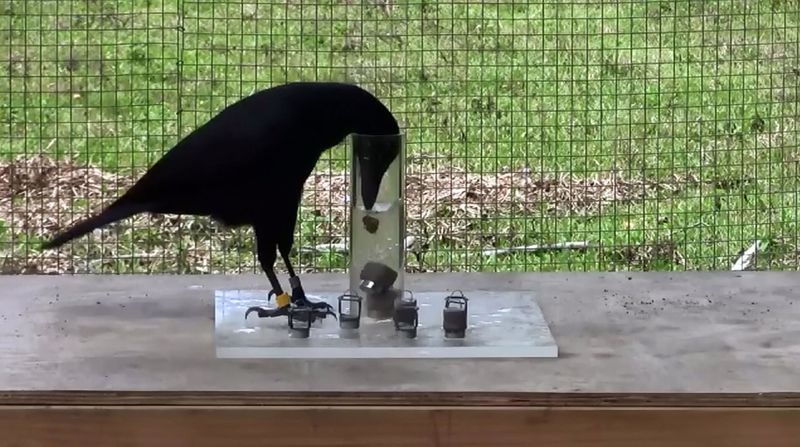
Crows are renowned for their problem-solving prowess. Observations have shown these intelligent birds using tools to access food, a skill once thought exclusive to humans and a few primates.
In one fascinating experiment, crows bent wires to create hooks, demonstrating not just tool use, but tool creation. Such creativity highlights their advanced cognitive abilities.
These birds also understand abstract concepts like cause and effect, paving the way for more profound insights into their consciousness. Their problem-solving skills reveal a depth of intelligence that’s reshaping our understanding of bird brains.
Dolphins’ Social Intelligence
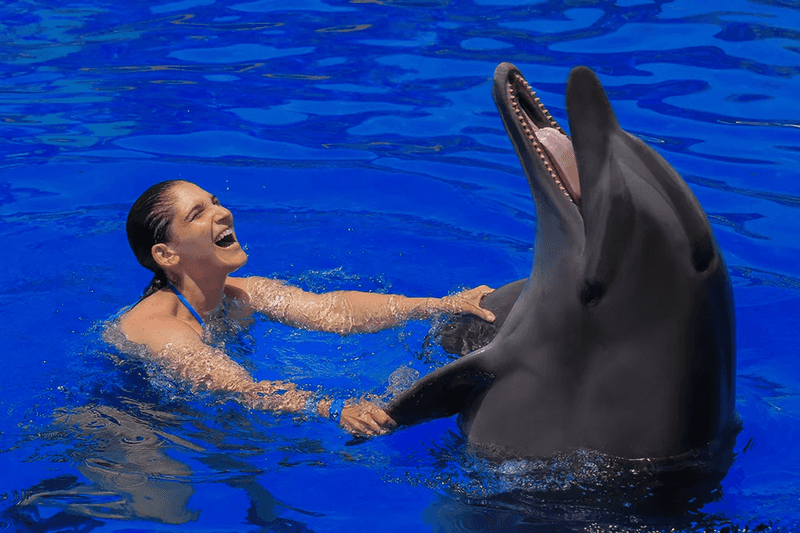
Dolphins are celebrated for their complex social structures. Living in pods, these marine mammals exhibit remarkable collaboration, coordination, and empathy among their members.
Their ability to understand and respond to vocalizations hints at a sophisticated form of communication. Dolphins also demonstrate self-awareness, passing mirror tests that indicate a level of consciousness similar to humans.
These sea creatures have been observed teaching and learning from one another, further reflecting their high social intelligence. Such behaviors encourage us to rethink the boundaries of animal consciousness.
Elephants’ Emotional Depth
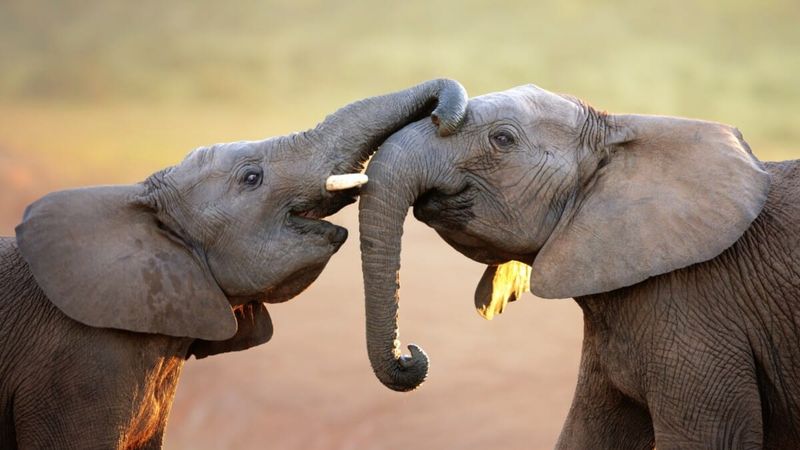
Elephants are extraordinary in exhibiting emotional depth. They form strong family bonds and are known to grieve for lost companions, displaying a profound sense of empathy.
Observations of elephants mourning their dead with rituals, such as touching bones and standing vigil, suggest a deep emotional consciousness.
These gentle giants even show altruistic behavior by aiding other species in distress, highlighting their compassionate nature. Such empathetic actions underscore a consciousness that resonates with human emotional experiences.
Octopuses’ Problem Solving
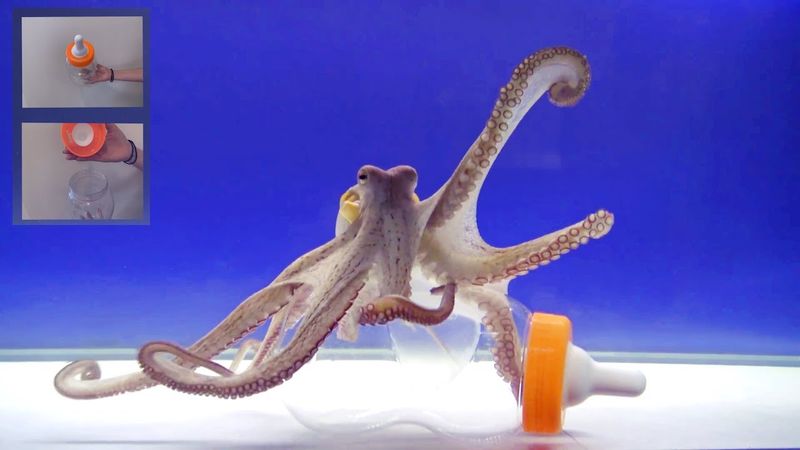
Octopuses are masters of problem-solving and camouflage. Their ability to navigate complex mazes and escape enclosures showcases their remarkable intelligence.
These cephalopods have been observed opening jars, a task requiring both dexterity and cognitive planning.
Moreover, octopuses exhibit playful behavior, often rearranging objects in their tanks, further indicating a curious mind. This level of problem-solving and cognitive flexibility highlights a sophisticated consciousness that challenges our perception of aquatic life.
Parrots’ Ability to Communicate
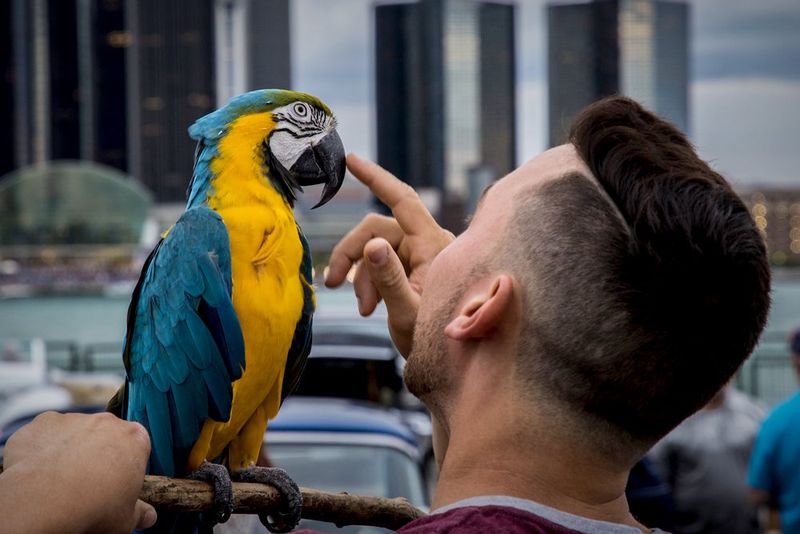
Parrots are among the most vocal creatures, renowned for their ability to mimic human speech. This skill reflects an advanced understanding of communication and interaction.
These intelligent birds can associate words with meanings and respond contextually, showing a level of linguistic comprehension.
Studies reveal that some parrots can identify shapes, colors, and numbers, demonstrating cognitive abilities similar to a young child. Their communicative prowess offers insights into the complexity of avian consciousness.
Dogs’ Understanding of Human Emotions

Dogs are deeply attuned to human emotions, a trait that strengthens their bond with us. They can sense changes in their owners’ emotional states and respond empathetically.
Research indicates that dogs can interpret human facial expressions, understanding when we are happy, sad, or angry.
Their ability to provide comfort and companionship highlights a sense of empathy and awareness that aligns closely with human emotional experiences. This understanding fosters a unique interspecies connection that exemplifies their emotional intelligence.
Whales’ Complex Communication
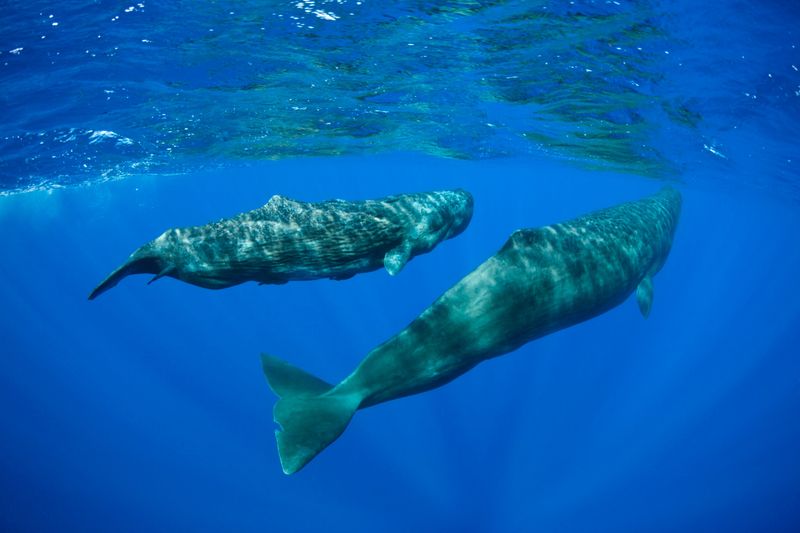
Whales are known for their intricate communication systems. Through songs and vocalizations, they convey messages across vast distances in the ocean.
These marine giants display a range of vocal patterns, suggesting a complex language that scientists are still striving to understand.
Whales’ communication is not only about sounds but also involves body language, indicating a rich awareness of their social environment. Their sophisticated communication challenges our assumptions about animal language and consciousness.
Chimpanzees’ Use of Tools
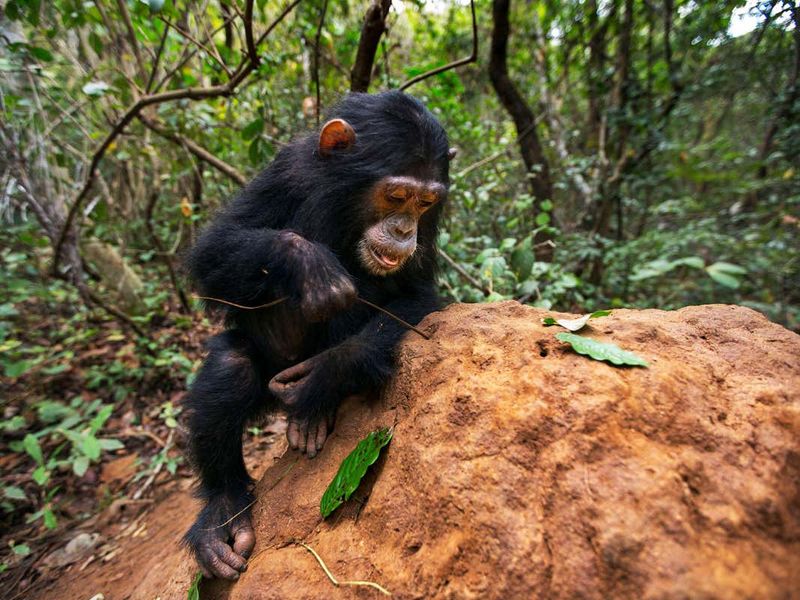
Chimpanzees are closest to humans in the animal kingdom, and their tool-using abilities are a testament to their intelligence. They fashion tools from sticks to extract termites, showcasing their ingenuity.
This behavior involves foresight and learning, as young chimps observe and mimic adults.
Their use of tools extends beyond foraging, including communication and play, suggesting a sophisticated level of consciousness. This reflects cognitive abilities that bridge the gap between humans and other primates.
Cats’ Unique Problem-Solving Skills

Cats possess unique problem-solving skills that often go unnoticed. They can navigate complex environments and solve puzzles to access food.
Their curiosity drives them to explore and manipulate objects, demonstrating cognitive abilities beyond mere instinct.
Observations of cats opening doors and using levers illustrate their understanding of cause and effect. Such behaviors indicate an intelligence that defies the stereotype of cats as solitary creatures, highlighting their sophisticated consciousness.
Ravens’ Ability to Plan for the Future
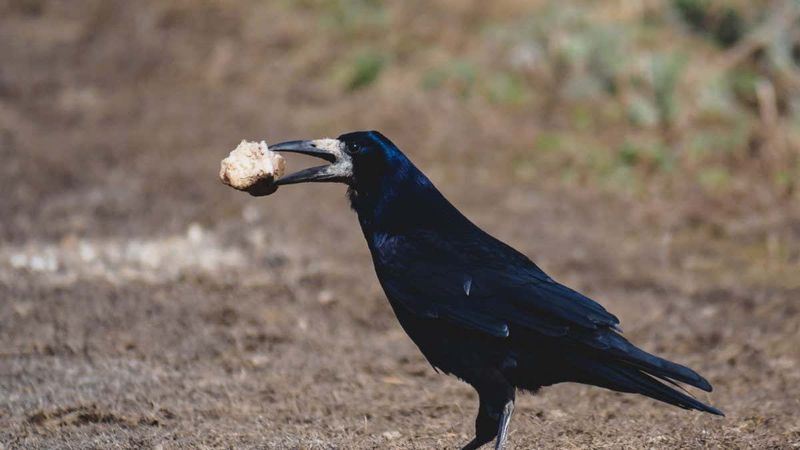
Ravens possess the remarkable ability to plan for the future. They are known to hide food supplies, a strategy that requires foresight and memory.
Studies show that ravens can anticipate future needs and alter their caching behavior based on the presence of competitors.
This level of planning and adaptability reflects cognitive abilities akin to those of humans, challenging our understanding of avian intelligence. Ravens’ foresight offers profound insights into the complexity of animal consciousness.

